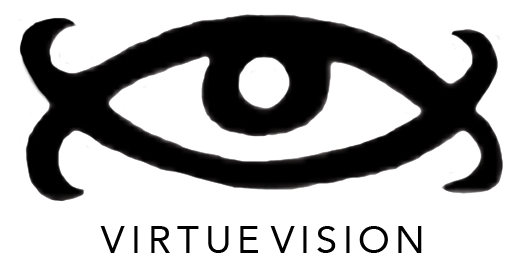Becoming a Reflective Practitioner
 |
| Buddah of the Sleeping Cat |
Reflective Journey
Reflective practice is a kind of journal. Not like the usual blah blah blah of everyday, but an examination of thinking and doing, and the relationships between them. In a way it’s a series of questions to contemplate what, why and how I’m engaged and engaging others in the practice of community art.
It might not make much sense at first, because I’m not in the practice of writing or reading much, I’m a doer, so that in itself is the first question to launch my reflective journey.
What makes writing and reading so difficult for me?
How does this affect my capacity as an arts facilitator?
 |
| The Mask |
Before I launch into trying to answer these questions, I’d like to add more beautiful images the page.
Images are rich metaphors that are much more interesting to me than words, I mean words in the trying to explain something or academic sense of ‘WORD’.
I have found that if I meander around the act of writing, and don’t focus too much attention on it, that the idea will eventually emerge from my subconscious at some point. Looking at pictures helps, especially if i’m looking at pictures that express so much more effectively what I am blunderingly trying to say.
I like to make up and play with words, imaginatively creating nonsence.
Could I say then, that my intuitive process has become a mask for my lack of reading and writing skills?
A coping mechanism?
Using my strenght as a visual artist to disguise the fact that I find writing and reading difficult?
All this is ironic, as I LOVE to talk, and I’m a confident speaker.
So as I begin my journey into the questions, I’ll end this post with some classical nonsence, throught the reflective Looking Glass of Lewis Carrol.
“The time has come,” the Walrus said,
“To talk of many things:
Of shoes–and ships–and sealing-wax–
Of cabbages–and kings–
And why the sea is boiling hot–
And whether pigs have wings.”
In The Annotated Alice, Martin Gardner cautions the reader that there is not always intended symbolism in the Alice books, which were made for the imagination of children and not the analysis of “mad people”.

